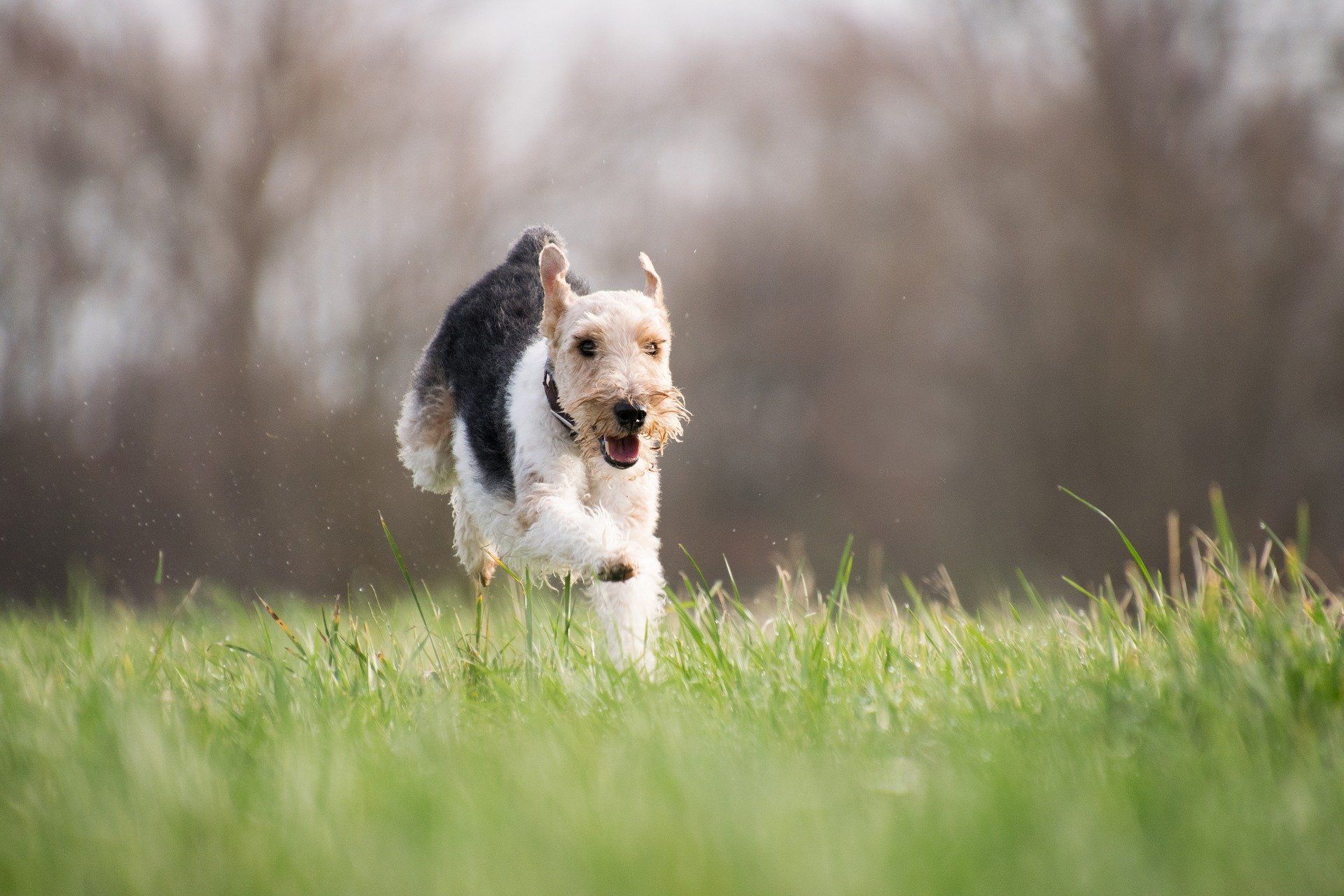ABIB BIO-TECHNOLOGY CO., LTD.
REMIND
Little reminder of love

[Home Care Guide] Pet Bathing Guide
It’s not good to use adult shampoo to bathe dogs and cats
Use adult shampoo to bathe dogs and cats, and bathe them frequently. Such dogs and cats, especially white dogs and cats, will have their coats fall off after washing and their skin will turn pink. Adult shampoo is highly alkaline and can remove oil from dog and cat skin very cleanly. As we all know, the sebaceous glands on the skin secrete oil to protect the skin and prevent dryness and cracking. If the oil is washed away, the skin's resistance will be reduced, and it will be easy to contract bacterial, fungal or scabies skin diseases. When bathing dogs and cats, it is best to use dog and cat lotion. If you can't buy it, you can use baby shower gel, or use neutral soap and soap.
----------------------------------------------------------------------------------------------------------------------------
How often is the best time to bathe dogs and cats?
Generally, dogs and cats should be bathed when they are dirty or have an abnormal smell. Puppies and cats can only be bathed 2 weeks after being vaccinated.
You can bathe more often in summer, every 2 to 4 weeks, or even once a week. When it gets a little dirty, just wipe it with a towel dipped in water. It is strictly forbidden to pour water into the ears when taking a bath to prevent otitis interna.
----------------------------------------------------------------------------------------------------------------------------
Cats using human contraceptive pills are more likely to develop tumors!?
It has been reported in the literature that cats using human contraceptive pills for contraception can easily induce uterine infection. We have seen clinically that cats using human contraceptive pills can cause uterine cancer and breast cancer, and the mechanism is unknown. If you want a cat to be infertile, it is best to castrate the male cat and remove the ovaries of the female cat.
--------------------------------------------------------------------------------------------------------------------------
The importance of timely epidemic prevention for dogs and cats
Clinical problems that occur due to the injection of dog and cat vaccines include:
6.1. The owner takes the dog or cat to the animal hospital for vaccination. The doctor does not check the animal before giving the injection. Some animals appear healthy on the surface, but are actually potentially sick. They become ill soon after being vaccinated, and some even die. Therefore, veterinarians must conduct a health check before injecting vaccines into dogs and cats. Dogs and cats with high body temperatures or weak bodies should not be vaccinated. Wait until they recover or are strong before injecting.
6.2. It is difficult for newly purchased dogs and cats, especially those just purchased from the market, to be vaccinated immediately due to the possibility of contact with sick dogs and cats and being infected with diseases. Vaccines are generally attenuated or dead, and are injected into infected dogs and cats, often causing acute illness. The solution is to inject preventive serum first. Preventive serum generally has 2 weeks of immunity. Two weeks later, after the dog and cat are strong and have adapted to the new environment, vaccinations can be given.
6.3. Dogs and cats that are under the vaccination age cannot be vaccinated. Generally, puppies are vaccinated when they are over 42 days old and kittens are over 60 days old. For dogs and cats younger than the above age, the antibodies obtained from breast milk have not disappeared. At this time, when the vaccine is injected, the vaccine and the antibodies will interact, making the injected vaccine lose its preventive effect. The vaccine should only be injected when the dog is older than the above age. Many dogs and cats died due to infection before the vaccine was injected. When a veterinarian injects vaccines, the vaccination instructions must be based on the age of injection and the injection procedure.



